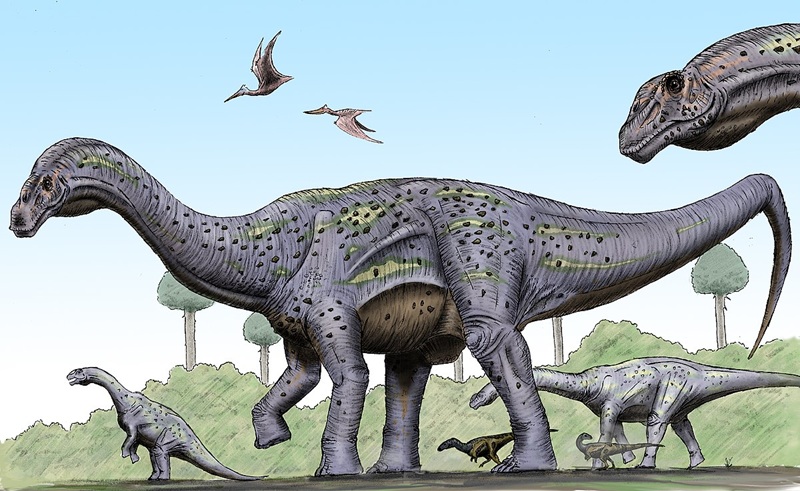When we think about truly massive objects, both prehistoric creatures and modern technology can inspire awe with their sheer scale. The titanosaurs—the largest dinosaurs to ever walk the Earth—and today’s commercial airliners represent pinnacles of natural evolution and human engineering, respectively. But which weighs more? This comparison explores the fascinating intersection of paleontology and aviation, examining how these titans of different eras measure up against each other in terms of mass, size, and engineering constraints.
The Colossal Titanosaurs: Earth’s Heaviest Land Animals
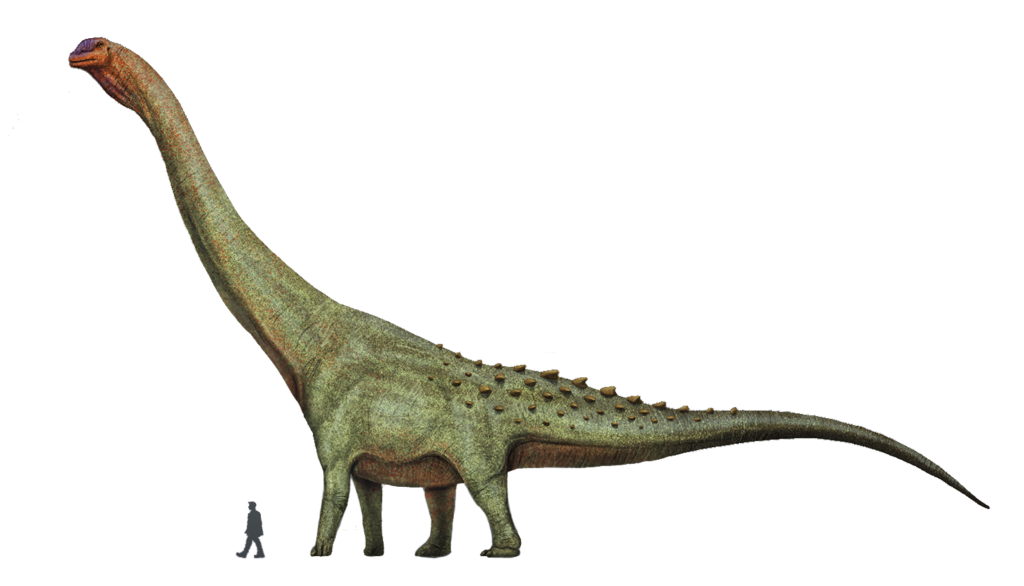
Titanosaurs represented the largest group of sauropod dinosaurs, creatures that dominated Earth’s landscapes during the Late Cretaceous period about 100-66 million years ago. These herbivorous giants were characterized by their incredibly long necks, small heads, and massive pillar-like legs. Paleontologists have uncovered titanosaur fossils on every continent, including Antarctica, showing their widespread success as a group. Among the most famous titanosaurs are species like Argentinosaurus, Patagotitan, and Dreadnoughtus, each competing for the title of the heaviest land animal to ever exist. Their evolutionary success stemmed from efficient digestive systems that could process large amounts of vegetation, coupled with their imposing size that deterred most predators.
Weighing the Giants: How Scientists Determine Dinosaur Mass
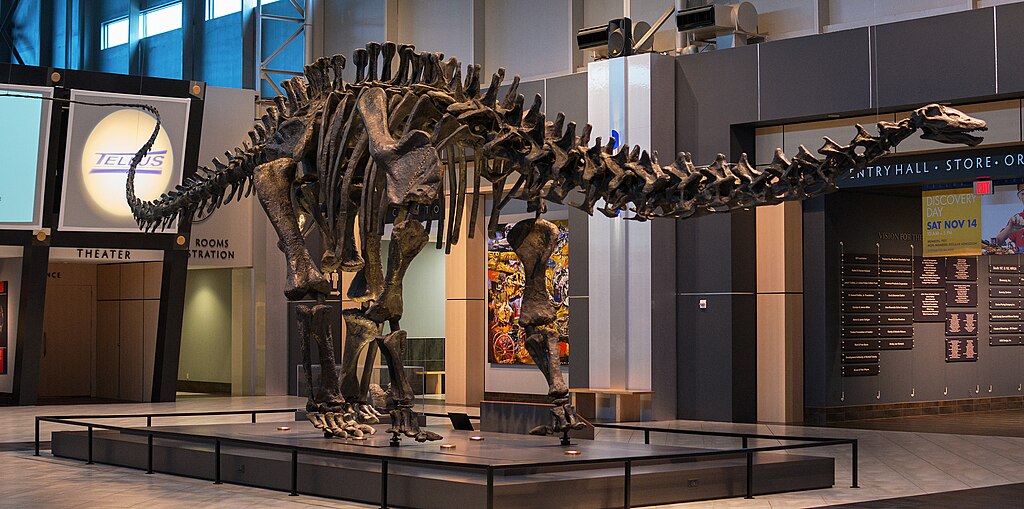
Calculating the weight of extinct animals presents significant scientific challenges that require multiple approaches. Paleontologists typically use several methods to estimate titanosaur mass, each with advantages and limitations. Volumetric models involve creating digital or physical reconstructions of the dinosaur’s body and calculating its volume, then multiplying by estimated tissue density. Another approach uses limb bone circumference, particularly the weight-bearing bones like femurs and humeri, which have strong correlations with body mass across animals. Comparative anatomy with living relatives (birds and crocodilians) provides additional reference points. These methods produce a range of estimates rather than precise figures, with substantial margins of error sometimes reaching 20-30%. Recent advances in computer modeling have refined these estimates, but uncertainty remains inherent in reconstructing animals known only from incomplete fossil remains.
Argentinosaurus: The Heavyweight Champion
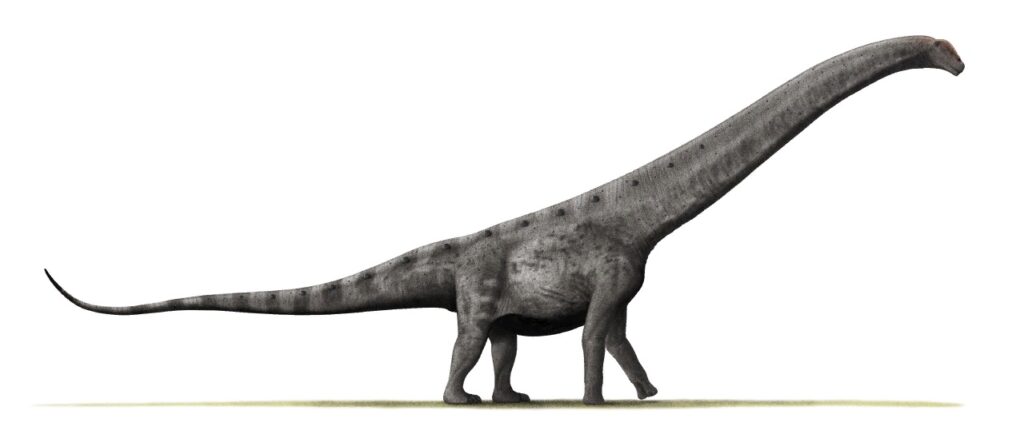
Argentinosaurus huinculensis stands as possibly the heaviest dinosaur yet discovered, though its remains are frustratingly incomplete. Discovered in Argentina in 1987, this massive titanosaur is known primarily from vertebrae, ribs, and leg bones that suggest a creature of unprecedented size. Most scientific estimates place Argentinosaurus at approximately 70-80 metric tons (77-88 tons), with some higher estimates reaching up to 100 metric tons (110 tons). This colossus measured approximately 30-40 meters (98-131 feet) in length from head to tail. The femur alone would have stood taller than an adult human, indicating the immense structural support needed for such mass. What makes Argentinosaurus particularly significant is that these weight estimates approach the theoretical maximum for a land-dwelling tetrapod, suggesting these animals were pushing the biological limits of terrestrial existence.
Patagotitan and Other Contenders
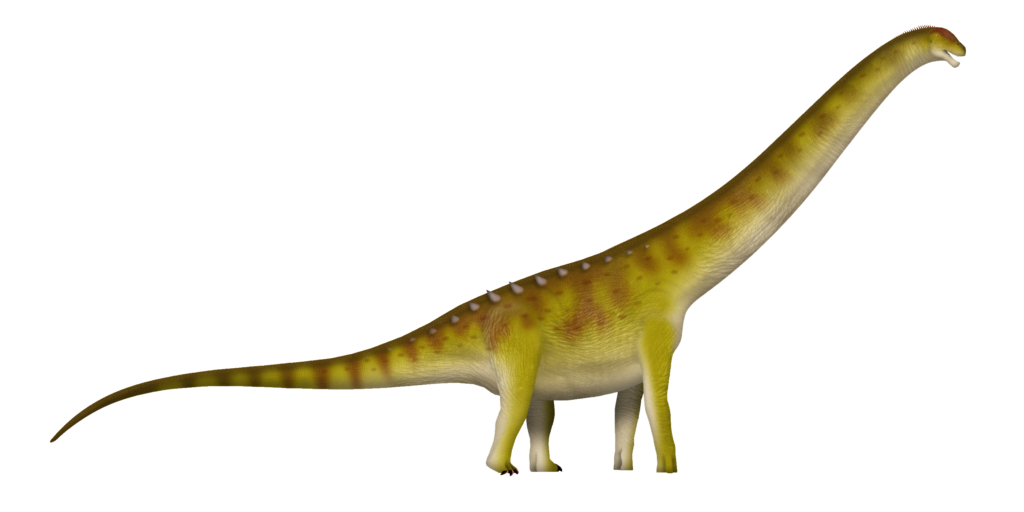
While Argentinosaurus often receives the most attention, several other titanosaur species compete for the title of Earth’s heaviest land animal. Patagotitan mayorum, discovered in Argentina in 2014, represents one of the most complete giant titanosaur skeletons, allowing for more accurate mass estimates. Scientists place its weight at approximately 60-70 metric tons (66-77 tons) with a length of about 37 meters (121 feet). Dreadnoughtus schrani, another well-preserved specimen, has been estimated at 59-73 metric tons (65-80 tons), though some researchers suggest lower figures. Puertasaurus reuili and Notocolossus gonzalezparejasi represent additional titanosaur species that likely exceeded 50 tons. The Australian titanosaur Australotitan cooperensis, nicknamed “Cooper,” represents the largest dinosaur discovered in Australia at an estimated 70 tons. Each discovery continues to refine our understanding of maximum body size in terrestrial animals.
Modern Aviation Giants: Commercial Aircraft Categories
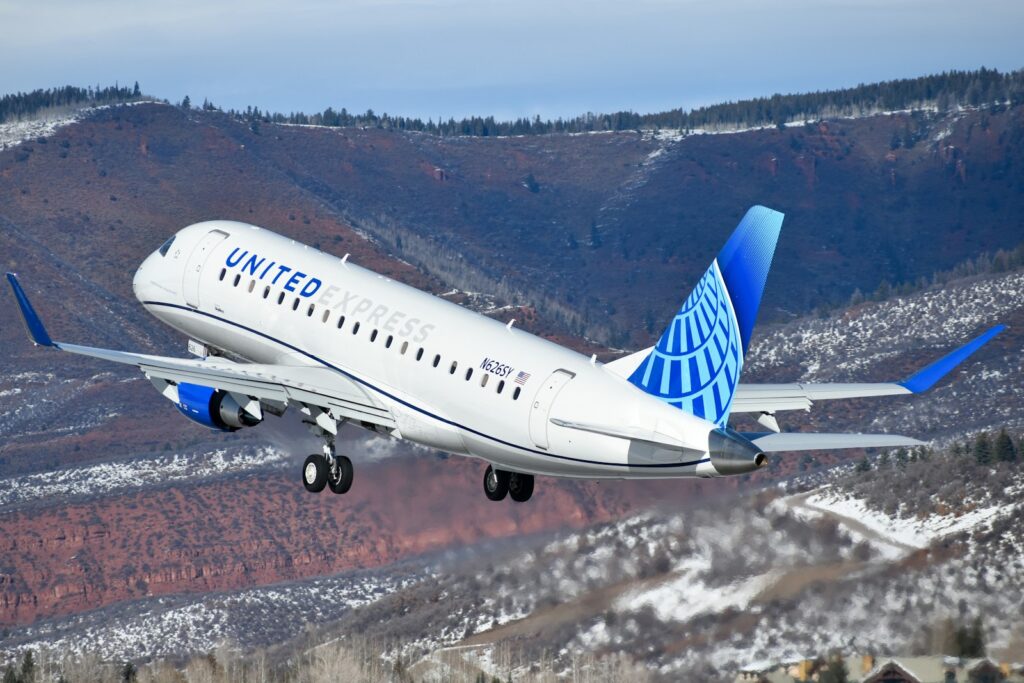
Commercial aircraft span a wide range of sizes and weights, from regional jets carrying dozens of passengers to wide-body behemoths transporting hundreds across continents. The aviation industry generally categorizes commercial aircraft into several classes: regional jets (like the Embraer E175) typically weigh 20-40 tons at maximum takeoff weight; narrow-body aircraft (such as the Boeing 737 or Airbus A320 families) generally range from 70-90 tons; wide-body aircraft (including the Boeing 777 and Airbus A330) typically weigh between 230-350 tons; and finally, ultra-large aircraft like the Airbus A380 or Boeing 747 exceed 400 tons at maximum takeoff weight. These classifications reflect not just physical dimensions but operational capabilities, range, passenger capacity, and the infrastructure required to support them at airports worldwide. Unlike dinosaurs, aircraft weights are precisely known, meticulously calculated, and strictly regulated for safety reasons.
The Airbus A380: Aviation’s Heavyweight

The Airbus A380, introduced in 2007, represents commercial aviation’s most massive achievement to date. This double-deck, wide-body jetliner holds the distinction of being the world’s largest passenger airliner with a maximum takeoff weight (MTOW) of approximately 575 metric tons (1.27 million pounds). This incredible mass includes the aircraft’s empty weight of around 277 tons, plus its maximum fuel capacity of 320,000 liters, cargo, passengers, and baggage. At its peak configuration, the A380 could accommodate up to 853 passengers, though most airlines configured them for 400-550 passengers with premium cabins. The aircraft stretches 72.7 meters (238 feet) in length with a wingspan of 79.8 meters (261 feet), dimensions that required many airports to modify their facilities to accommodate this aviation giant. Despite its commercial production ending in 2021, the A380 remains the heaviest passenger aircraft ever mass-produced.
Boeing 747-8: The American Heavyweight
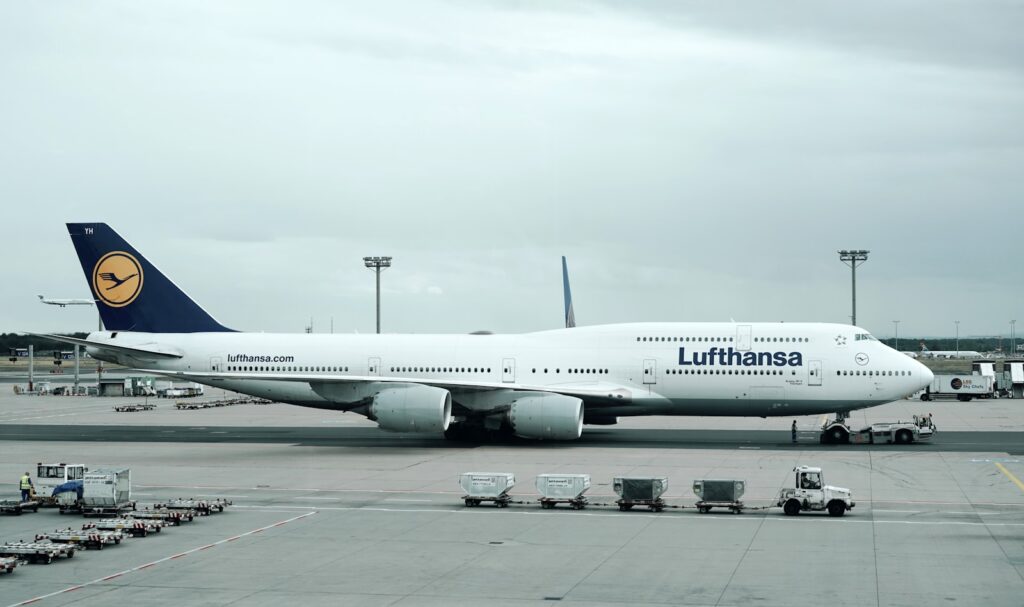
The Boeing 747-8, the latest iteration of the iconic “Jumbo Jet” first introduced in 1969, represents America’s heavyweight contender in commercial aviation. With a maximum takeoff weight of approximately 447 metric tons (985,000 pounds), the 747-8 stands as the heaviest commercial aircraft produced by Boeing and the longest commercial aircraft in service at 76.3 meters (250 feet). The freighter version, the 747- 8F, plays a crucial role in global cargo transportation with its ability to carry 137.7 metric tons of payload. The passenger variant can accommodate 467 passengers in a typical three-class configuration, with significantly more in an all-economy layout. Despite being lighter than the A380, the 747-8 offers comparable range at 14,815 km (8,000 nautical miles) and has found continued success, particularly in the air freight market. The aircraft’s distinctive hump profile houses the upper deck and remains one of aviation’s most recognizable silhouettes.
Antonov An-225: The Ultimate Flying Machine
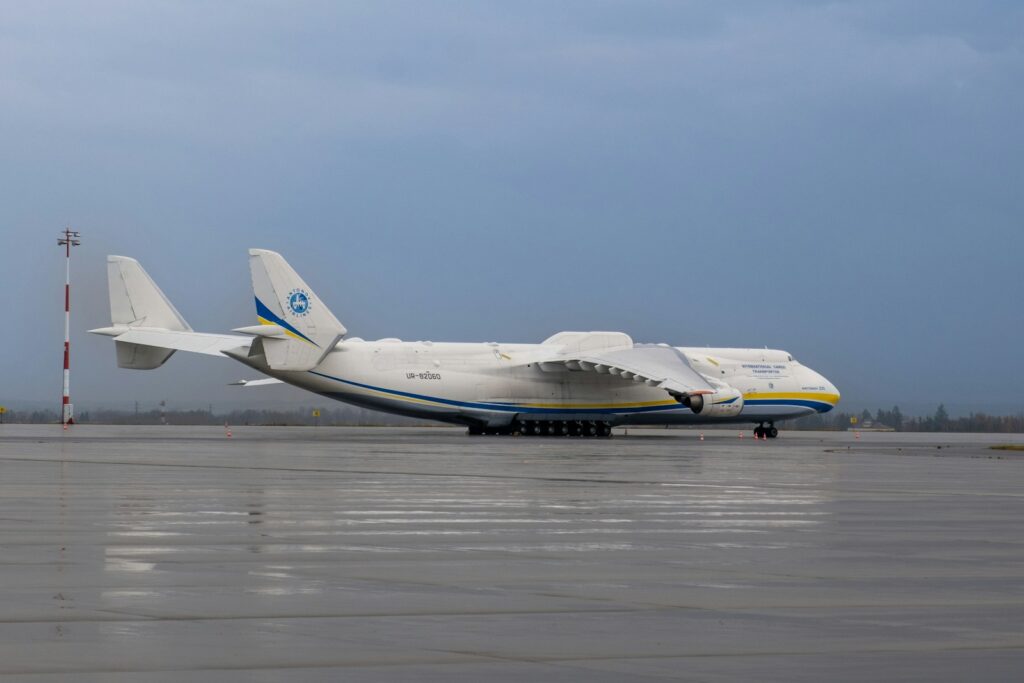
While not a traditional commercial passenger jet, the Antonov An-225 Mriya deserves special mention as the heaviest aircraft ever built. This Ukrainian-built strategic airlift cargo aircraft held numerous aviation records with its maximum takeoff weight of 640 metric tons (1.4 million pounds) – significantly heavier than even the Airbus A380. Originally designed to transport the Soviet Union’s Buran space shuttle, the one-of-a-kind An-225 featured six turbofan engines and a payload capacity of 250 tons. Measuring 84 meters (275 feet) in length with an enormous wingspan of 88.4 meters (290 feet), the aircraft dwarfed all other flying machines. Tragically, the world’s only completed An-225 was destroyed during the Russian invasion of Ukraine in February 2022 while parked at Hostomel Airport. The loss of this unique aircraft represents not just the destruction of a machine but the erasure of an engineering marvel that pushed the boundaries of what humans could make airborne.
The Direct Weight Comparison

When comparing the heaviest titanosaurs with the heaviest commercial aircraft, we find a fascinating weight contest across time. The heaviest well-documented titanosaurs like Argentinosaurus likely weighed between 70-80 metric tons, with maximum estimates reaching perhaps 100 tons. By contrast, the Airbus A380’s maximum takeoff weight of 575 metric tons exceeds even the highest titanosaur estimates by nearly six times. Even comparatively “smaller” wide-body aircraft like the Boeing 777-300ER, with its maximum takeoff weight of 351 metric tons, substantially outweigh the heaviest dinosaurs. The Boeing 747-8 at 447 tons is approximately five times heavier than the average titanosaur estimate. This weight disparity highlights a key difference: aircraft weights include not just their structure but their fuel, cargo, and passengers, while dinosaur weights represent just their body mass. Nonetheless, even comparing empty weights of large aircraft (around 277 tons for the A380) still shows modern aviation producing heavier structures than nature’s largest land animals.
Engineering vs. Evolution: Different Design Constraints

The weight disparity between titanosaurs and commercial jets highlights the fundamentally different constraints faced by biological evolution versus human engineering. Titanosaurs evolved under strict biological limitations – they needed to support their weight on legs, circulate blood throughout their massive bodies, find enough food to sustain themselves, and reproduce successfully. The square-cube law presented a particular challenge: as an animal’s size increases, its volume (and mass) grows at a faster rate than the cross-sectional area of its supporting bones and muscles. This principle likely established an upper limit to how massive land animals could become. Commercial aircraft, conversely, aren’t bound by these biological constraints – they don’t need to reproduce or find food, and they use wheels, not legs, to support their weight on the ground. Aircraft weight is limited instead by materials strength, fuel efficiency requirements, and airport infrastructure considerations. The different limiting factors explain why human engineering has produced heavier structures than biological evolution.
The Efficiency Factor: Weight-to-Power Ratios
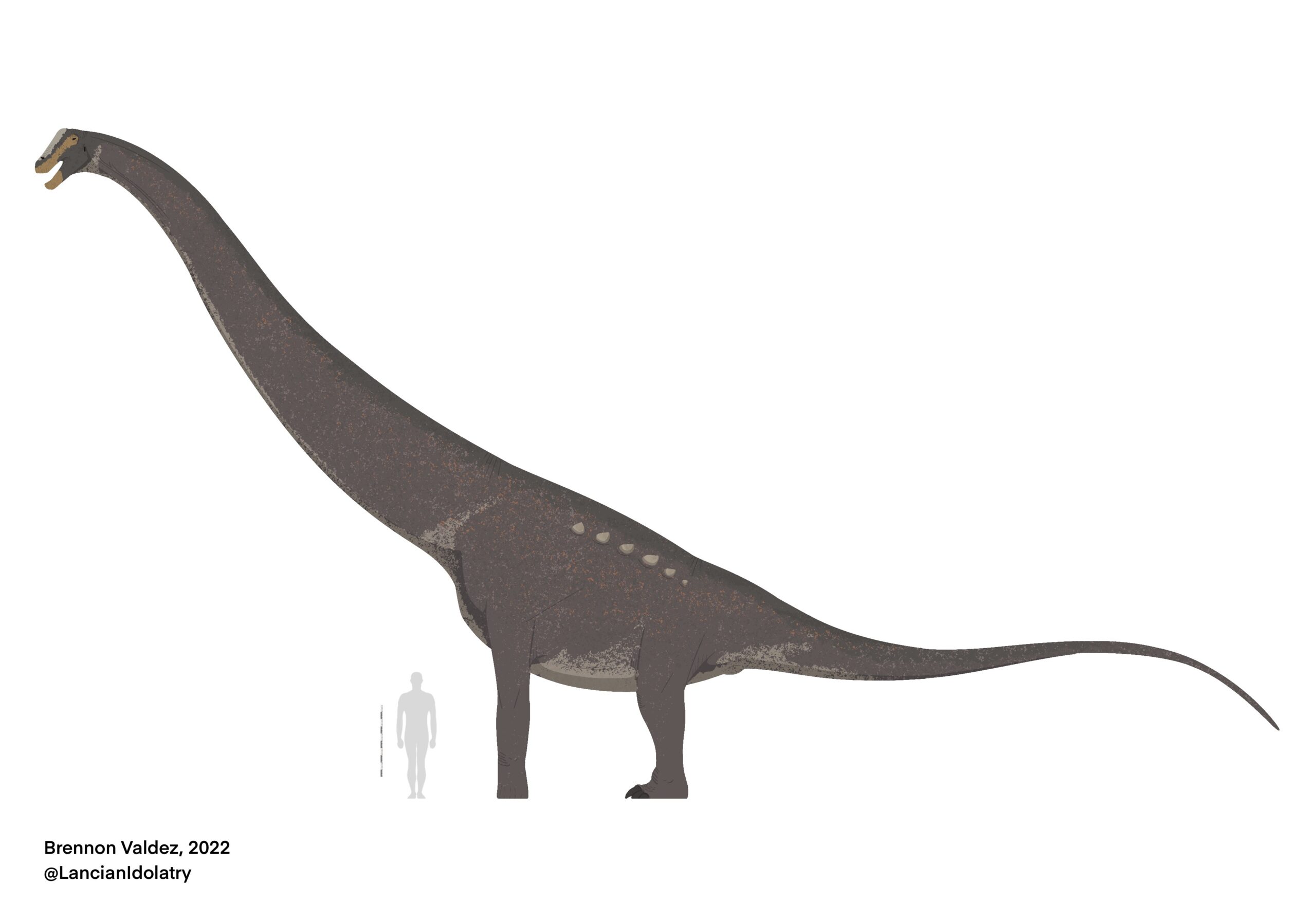
Despite weighing significantly less than modern aircraft, titanosaurs represent marvels of biological efficiency when considering their weight-to-power ratios. These dinosaurs operated entirely on plant-based nutrition, converting vegetation into energy through their digestive systems without external fuel sources. Their muscles generated tremendous power using only the energy extracted from their diet, allowing them to move their massive bodies across landscapes and even engage in limited running when necessary. Modern aircraft, by contrast, achieve their impressive capabilities through energy-intensive processes, burning tens of thousands of gallons of jet fuel to maintain flight. The A380, for instance, can consume approximately 2,200 gallons of fuel per hour. This fundamental difference highlights evolution’s emphasis on sustainability versus engineering’s focus on performance regardless of resource consumption. The titanosaur’s ability to grow, maintain, and move a 70-ton body using only plant matter represents a kind of biological efficiency that human transportation technology has yet to match.
Weight Distribution and Support Systems

The ways titanosaurs and aircraft manage and distribute their enormous weights reveal ingenious solutions from both nature and engineering. Titanosaurs evolved specialized skeletal adaptations in including honeycomb-structured vertebrae that provided strength while minimizing weight, and columnar limbs positioned directly under their bodies to maximize support efficiency. Their leg bones contained extensive internal struts similar to the principles used in modern architectural support columns. By contrast, aircraft distribute their weight across engineered structures like wing spars, fuselage frames, and landing gear systems. When grounded, the A380 distributes its weight across 22 wheels to prevent exceeding runway pressure limitations. During flight, the aerodynamic lift generated by the wings supports the aircraft’s entire weight. This fundamental difference – constant weight-bearing for titanosaurs versus temporary ground contact for aircraft – led to completely different structural solutions for managing similar weight challenges, with both approaches representing pinnacles of their respective domains.
The Implications: What These Weight Comparisons Teach Us
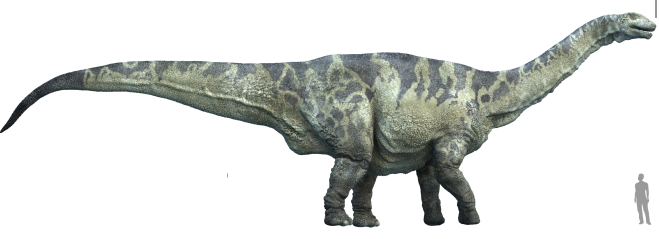
The weight comparison between titanosaurs and commercial aircraft provides valuable insights into both natural evolution and human technological progress. From an evolutionary perspective, titanosaurs likely approached the maximum possible size for land animals given Earth’s gravity and the biological constraints of muscle, bone, and cardiovascular systems. The fact that no land animal has since approached their size, despite 66 million years of evolutionary opportunity, suggests they indeed reached a natural ceiling. From a technological standpoint, aircraft weights demonstrate how human engineering can overcome certain natural limitations through specialized materials, external power sources, and innovative design principles. However, these achievements come with tradeoffs, including high resource consumption and environmental impacts. The comparison also highlights the distinction between biological sustainability and technological capability – titanosaurs represented a self-sustaining biological system, while aircraft require extensive support infrastructure. Together, these giants of different eras illustrate both the impressive capabilities and inherent limitations of natural and technological systems.
Conclusion
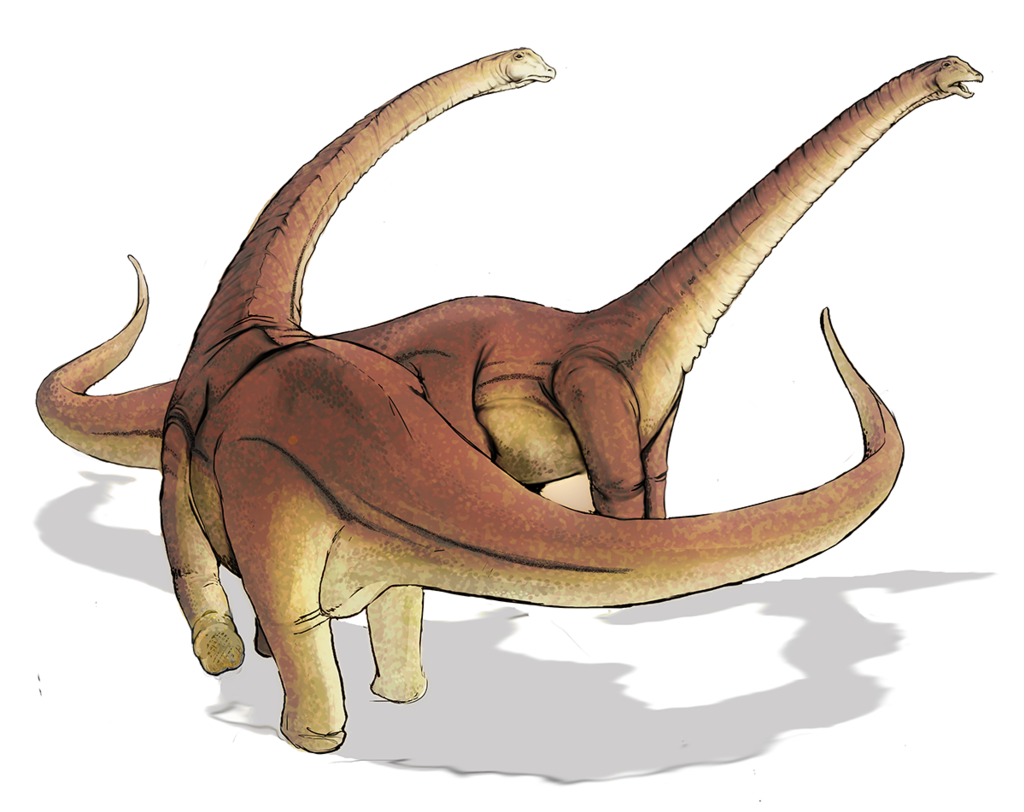
When answering the question “What’s heavier: a titanosaur or a commercial jet?”, the clear answer is that modern commercial aircraft substantially outweigh even the largest dinosaurs that ever walked the Earth. The Airbus A380’s maximum takeoff weight of 575 metric tons dwarfs even the most generous estimates for titanosaurs like Argentinosaurus at around 70-100 tons. However, this comparison reveals more than just a simple weight contest—it illuminates the different constraints and solutions found in nature versus human engineering. Titanosaurs represent the upper limits of what biological evolution could produce for land-dwelling creatures, achieving remarkable efficiency in their massive but self-sustaining bodies. Commercial aircraft, freed from biological constraints but bound by different physical laws, have pushed weight boundaries through specialized materials and external power sources. Both titans, separated by over 66 million years, stand as testaments to the incredible achievements possible through evolution and human ingenuity.

